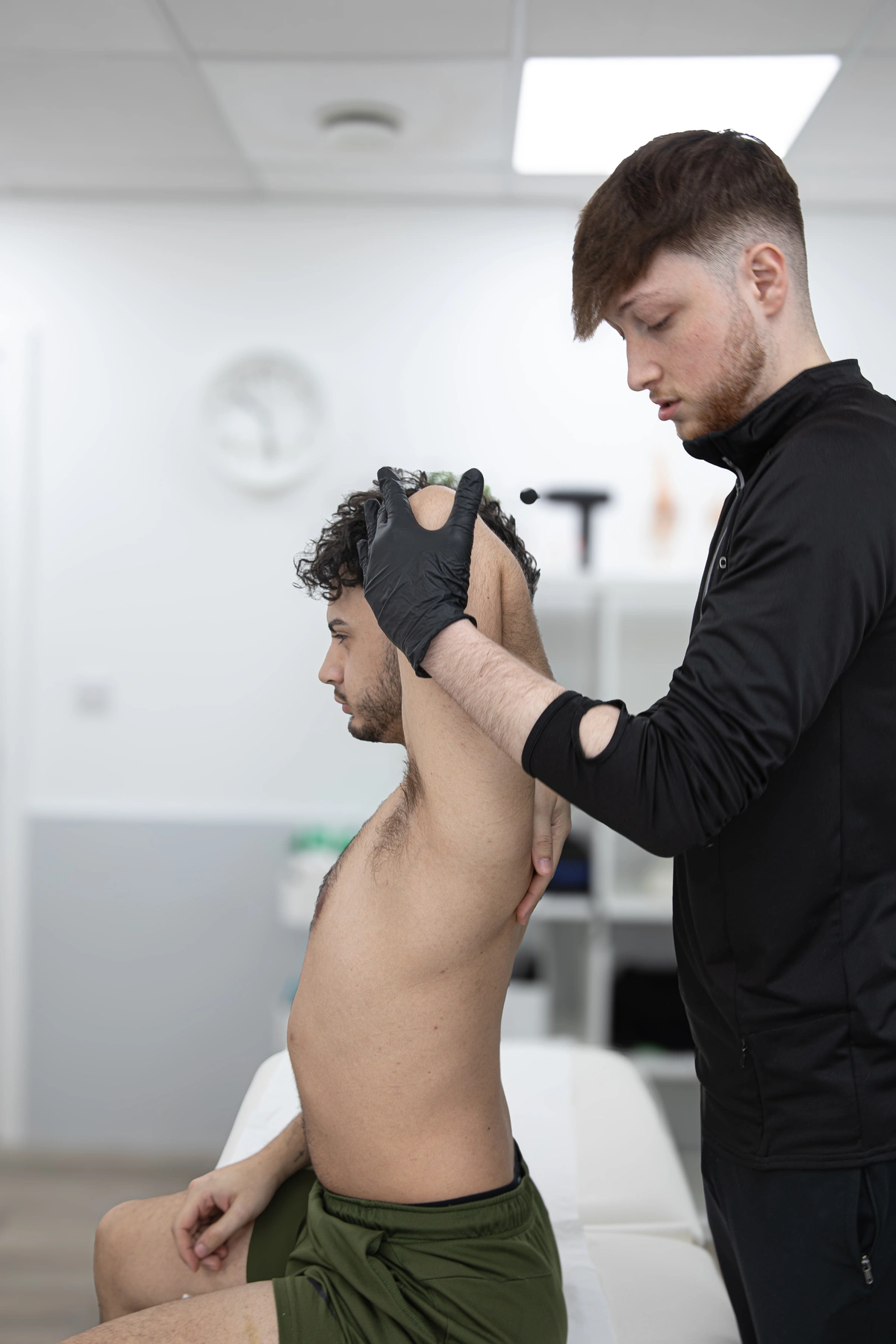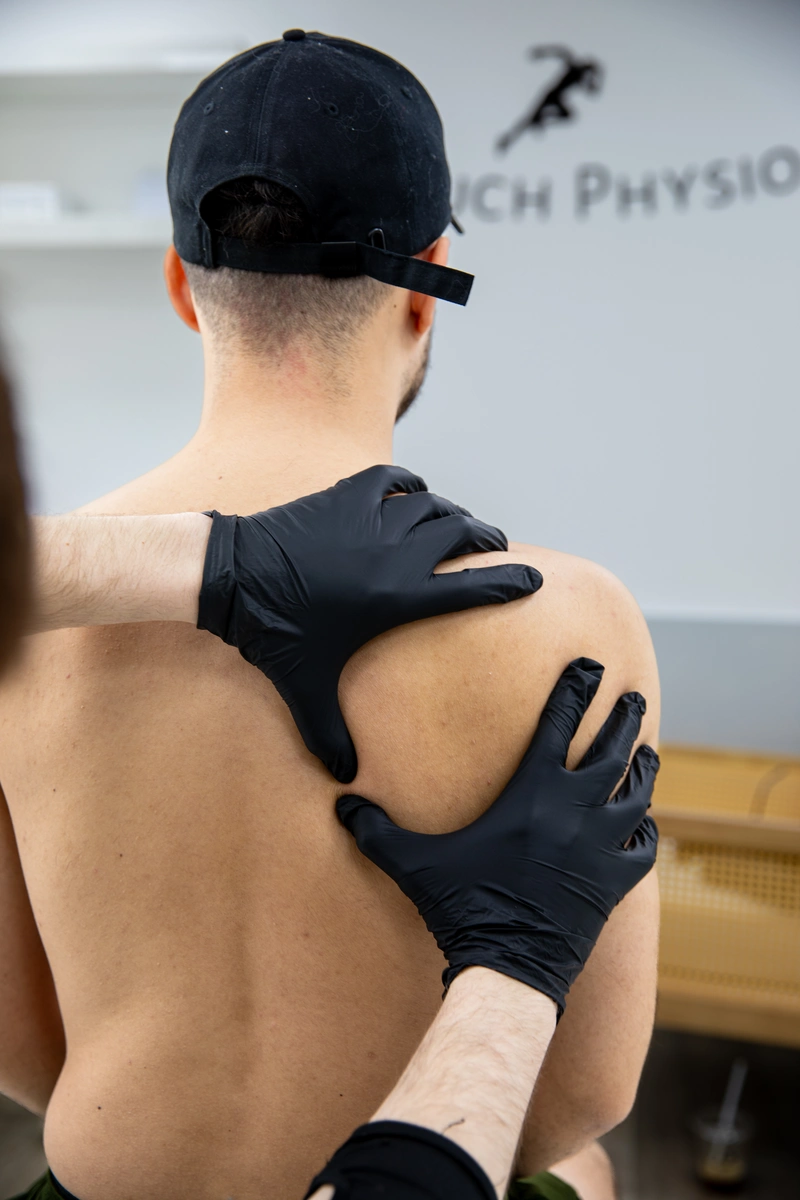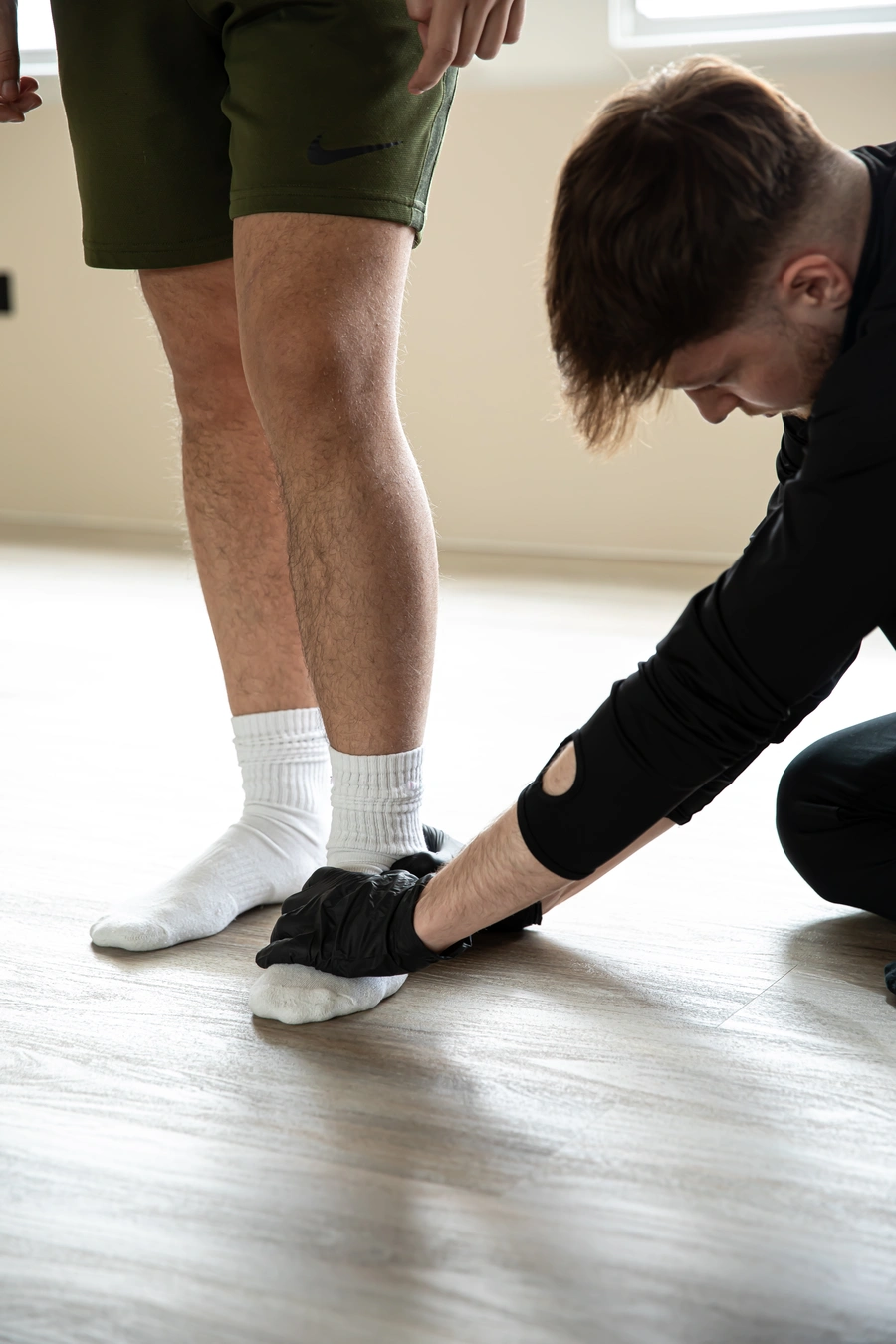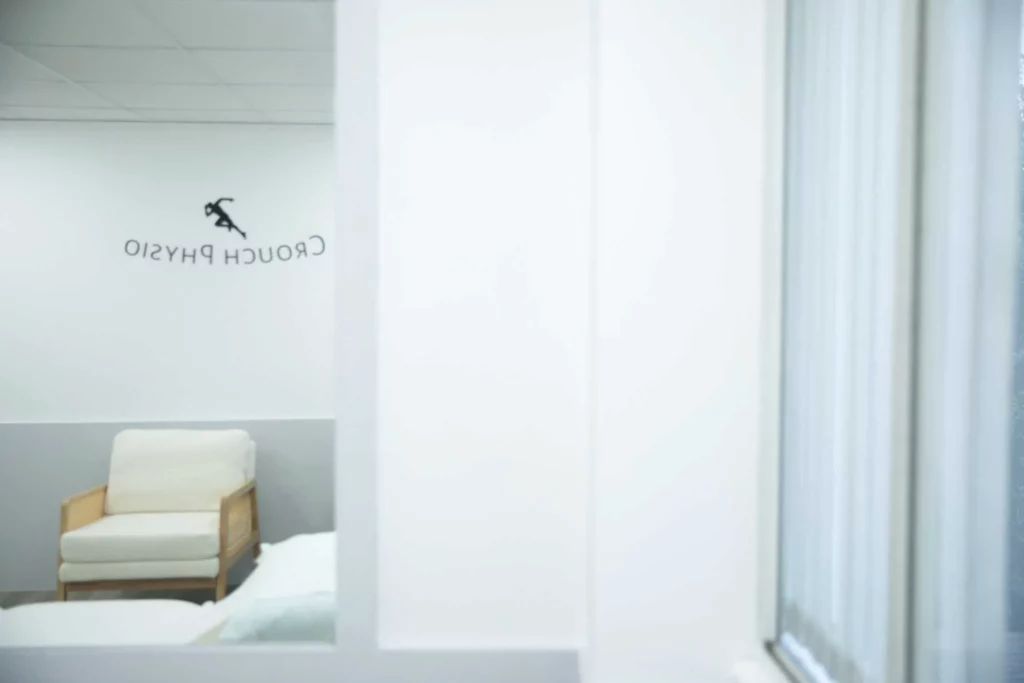Muscle Strain/Tears

What is Muscle Strain or Tears?
Muscle strain or tears occur when muscle fibres are overstretched or torn, usually as a result of overexertion, sudden movements, or trauma. This can happen during physical activities such as sports or lifting heavy objects. Patients with muscle strain often present with pain, swelling, bruising, and restricted movement in the affected area. The pain is typically localised and can range from mild discomfort to severe agony, depending on the severity of the strain. They may also experience muscle weakness or stiffness, especially with movement.
Diagnostic Tests
To diagnose muscle strain and rule out other possible pathologies, a physiotherapist may conduct various tests and assessments. These may include:
- Physical Examination: Palpation of the affected muscle to assess for tenderness, swelling, and muscle spasm.
- Range of Motion Tests: Assessing the patient's ability to move the affected limb or joint through its full range of motion.
- Muscle Strength Testing: Checking for weakness or inability to generate force in the affected muscle.
- Imaging Studies: In some cases, X-rays, ultrasound, or MRI scans may be ordered to visualise the extent of the muscle damage.


Treatment Methods
Treatment for muscle strain typically involves a combination of rest, ice, compression, and elevation (RICE), along with physiotherapy interventions. Here are some common treatment methods and advice that a physiotherapist might give to patients:
- Rest: Advising the patient to avoid activities that exacerbate the pain and to allow the muscle time to heal.
- Ice: Applying ice packs to the affected area for 15-20 minutes several times a day to reduce swelling and pain.
- Compression: Using compression bandages or wraps to support the injured muscle and reduce swelling.
- Elevation: Elevating the affected limb above heart level when possible to help reduce swelling.
- Pain Management: Recommending over-the-counter pain medications such as ibuprofen or paracetamol to alleviate pain and discomfort.
- Physiotherapy: Providing exercises and stretches to promote healing, improve flexibility, and strengthen the affected muscle. This may include gentle stretching, strengthening exercises, and manual therapy techniques.
- Gradual Return to Activity: Guiding the patient through a gradual return to normal activities and sports, ensuring they do not overexert themselves and risk re-injury.
- Prevention: Educating the patient on proper warm-up techniques, body mechanics, and ergonomics to reduce the risk of future muscle strains.




